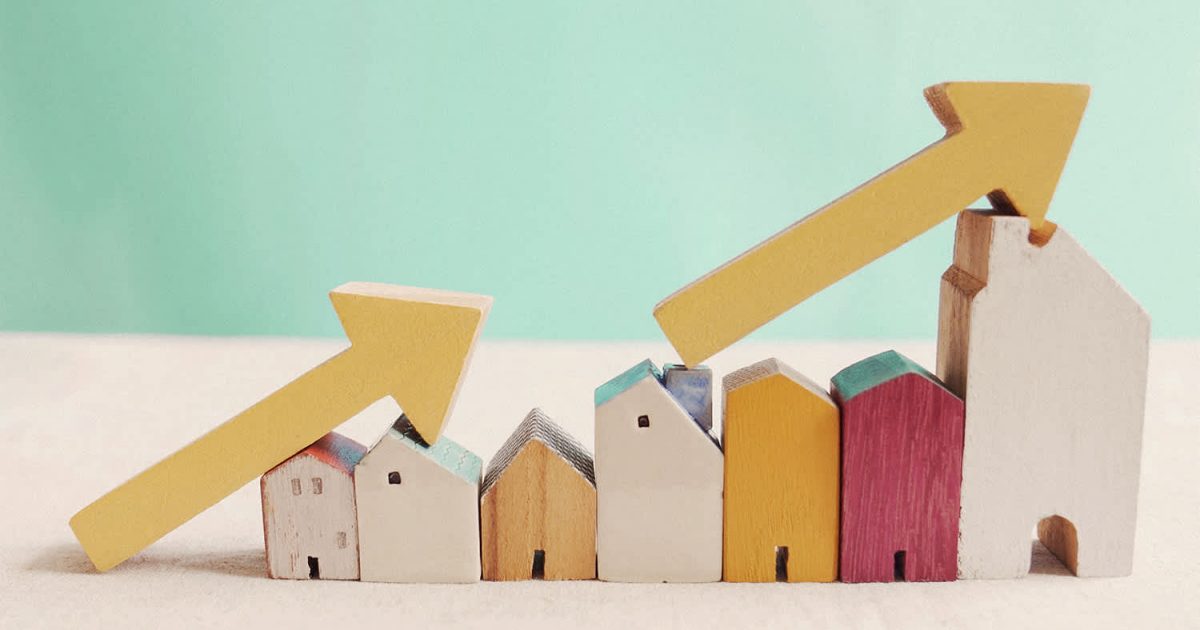Australia is going through an unprecedented rental crisis.
The national vacancy rate has dropped to 1.2%, the lowest since 2006. It’s not uncommon to see 50+ groups queuing for an inspection in popular suburbs, and don’t be surprised if you can’t get one approval after putting in 10+ applications because your competitors are always willing to offer higher.
The national median rent has grown by 10.2% over the past year, with some areas’ rising by more than 20%.
And we started to hear renters saying: it’d be much easier if I had my own home.
That may make some wonder if the high pressure in rental market would push people out to the sales market and lead housing prices to rise.
The theory sounds reasonable, but data says rental growth isn’t that powerful.
The charts below show the sales market (price) and rental market (price & vacancy rate) trends of four cities over the past decade.
You’ll see that there is no clear pattern in how the two markets interact with each other:
– In some cases, the two markets move together, eg. Hobart.
– Sometimes, one moves ahead of the other, eg. Ballarat 2014-16).
– In some other cases, one seems to have little influence on the other, eg. Sydney 2012-15.




Not a Leader but an Indicator
So, rental growth does not lead price growth. Does that mean that if a property buyer only has their eyes only on value growth (price growth), they don’t need to care about rental trends?
Not exactly. Although rental trends don’t necessarily cause sale prices to grow, they are important indicators, especially vacancy rates.
· Economic Indicator
Low/lowering vacancy rates and rental growth could be a sign of recovering economy, which would lead to higher housing demand.
Many Queensland cities went through economic suppression in the mid-2010s, with unemployment rates surging to 10%+ in some regions,Bundaberg being one of them. Bundaberg’s unemployment rate peaked in 2015 and has been trending down since then (though COVID disturbed the decline in 2020), indicating a gradual recovery in the local economy (below chart).

The recovery was reflected in rental vacancy rates almost immediately: A more active economy creates more jobs, and the new jobs attract new residents who absorb rental supply right away.
On the contrary, the sales price did not feel the economic recovery until 2019, as demand in the sales market takes more time to go up while the economy is not particularly strong.
Say you wanted to buy a house in Bundaberg. If you checked its rental vacancy trend and noticed the economic recovery behind it, you would have entered the market in 2017/18 before the sales price started rising and enjoyed the entire growth cycle; If you didn’t care about the rental market trends and only had your eyes on the sales price trend, you might have entered the market in 2020/21 when price started rising and faced higher competition and higher asking prices.
Similarly, rental declines and vacancy rate surges are signals of weak economy. Perth’s rental market in the past decade shows how sensitive it is to economic downturn (2012-18). Imagine in 2014, an investor who’s just focused on sales price might think that Perth’s price must be bouncing soon because it hadn’t grown for years, but the increasing vacancy rate and declining rental prices are both red flags of weakening economy and potential further value drop– and that was proved to be true.

· Portfolio Performance Indicator
Low/lowering vacancy rate and rental growth are essential for a healthy property portfolio.
Some investors, for example, those who buy in Sydney, say that they are all about capital growth and don’t care that rents are not catching up (below chart).

But investors, be honest to yourself, are you ok to see your rental income stay stagnant for years and can barely support your holding costs? Don’t you prefer to have a growing passive income year by year?
As a dedicated investment buyers’ agency, InvestorKit always believes in the power of a healthy portfolio that not only achieve outstanding capital growth but also generate a growing cashflow that matches the value growth. A growing cashflow relieves more mortgage repayment and holding cost pressure from you over time; and more importantly, helps you save faster for your next purchase, and the next, and the next…
In summary, rental market trends, such as vacancy rate and rental growth, do not necessarily lead to price growth but they’re important indicators for the local economy and your portfolio health. They are also indicators for housing shortage, shift in household types, lifestyle preferences, and many more features that could influence the property market eventually. However, just like we have stated many times in our previous blogs and whitepapers, the property market is complex and needs to be examined as a whole. Any isolated indicators can’t showcase the price trends precisely.
It’s like a jigsaw puzzle, you need many pieces of data to be able to see the growth trajectory of a region. You may find it time-consuming to search for data, or you may have a headache already just by looking at all the datasets. That’s why you want a property data expert, such as theInvestorKit team, to be by your side on your investment journey, interpreting the numbers for you to support your purchasing decisions – Interested in a data-driven purchasing service? Talk to us today by booking your 45-min FREE no-obligation consultation!
.svg)
